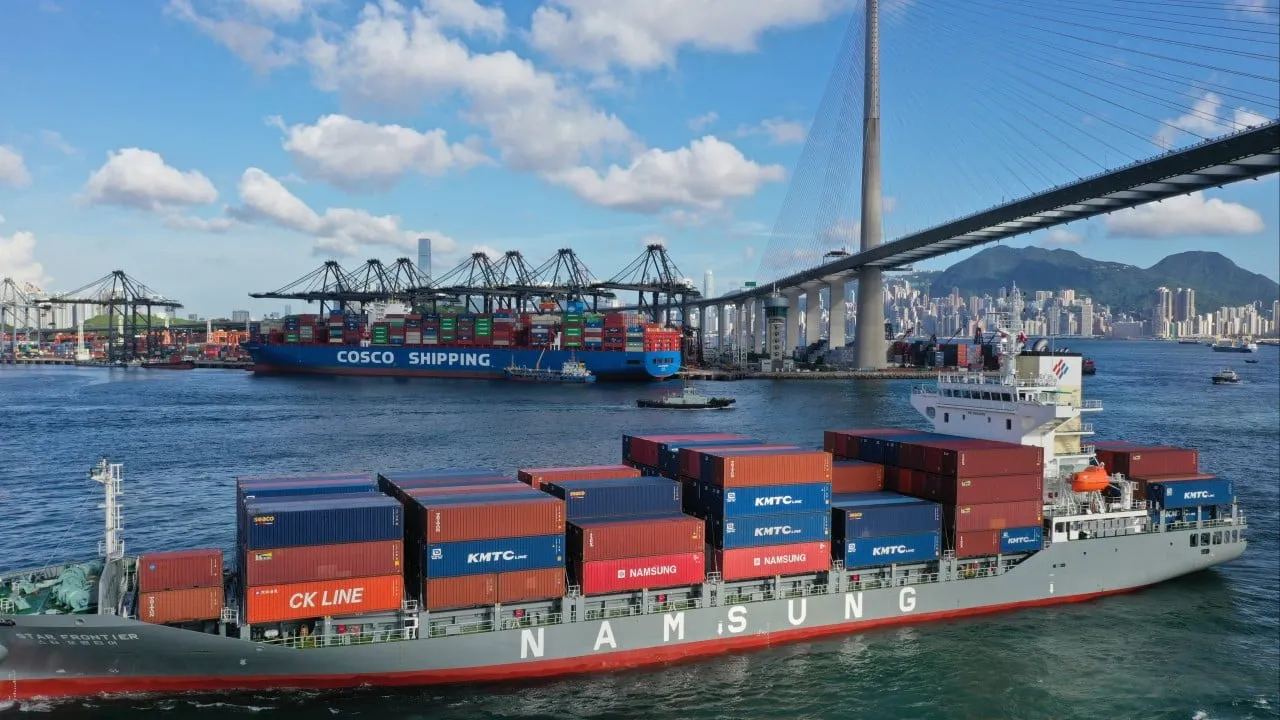Hong Kong's Ambition for a Green Maritime Future: Fuel Bunkering and Zero Carbon Emissions

Ambitious Green Fuel Bunkering Plans
Hong Kong has unveiled a strategic action plan aimed at promoting green fuel bunkering, part of a broader initiative to solidify the city's role as an international maritime center. The port intends to cut total annual carbon emissions from international shipping by at least 20 percent by 2030, compared to 2008 levels, and reduce it by 70 percent by 2040.
Incentives to Drive Change
- The plan includes establishing an incentive scheme for companies commencing green fuel bunkering operations.
- Subsidies will be provided for the green transformation of vessels.
- Training programs will aim to develop expertise within the sector.
Key Leadership and Global Context
John Lee Ka-chiu, Hong Kong's Chief Executive, emphasized the city's commitment to becoming a global green maritime fuel bunker center in his 2023 policy address. The marine industry, primarily reliant on fossil fuels, significantly contributes to global carbon emissions. As countries worldwide—including those in Southeast Asia—adopt green fuels like LNG, Hong Kong's timing aligns perfectly with market demands.
China's Strategic Positioning
- Following the Paris Agreement, China’s President Xi Jinping announced carbon neutrality goals, pushing for a broader adoption of renewable energy.
- China's pivotal role in clean energy production would allow Hong Kong to be a crucial facilitator in the global flow of alternative shipping fuels.
This article was prepared using information from open sources in accordance with the principles of Ethical Policy. The editorial team is not responsible for absolute accuracy, as it relies on data from the sources referenced.